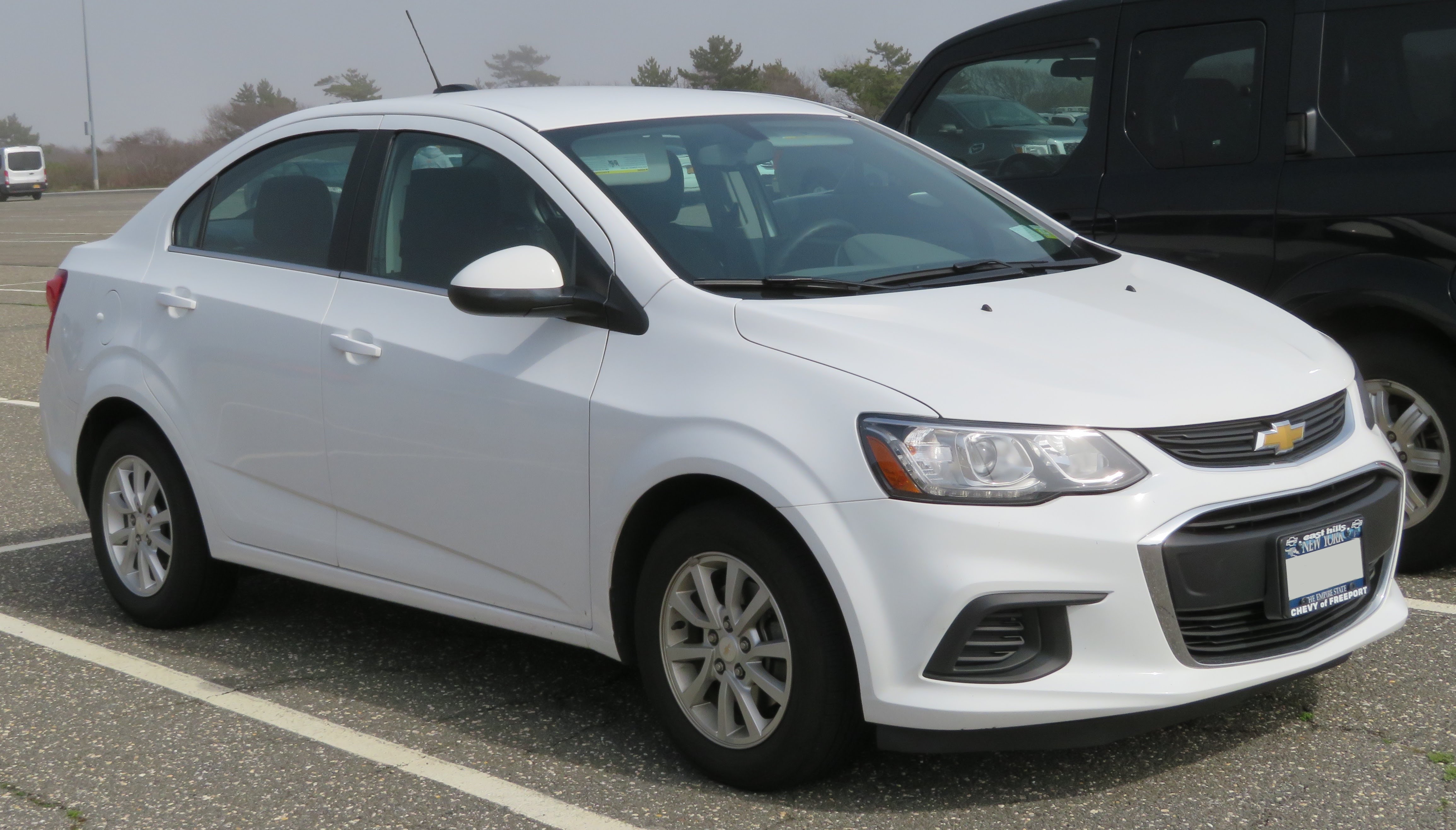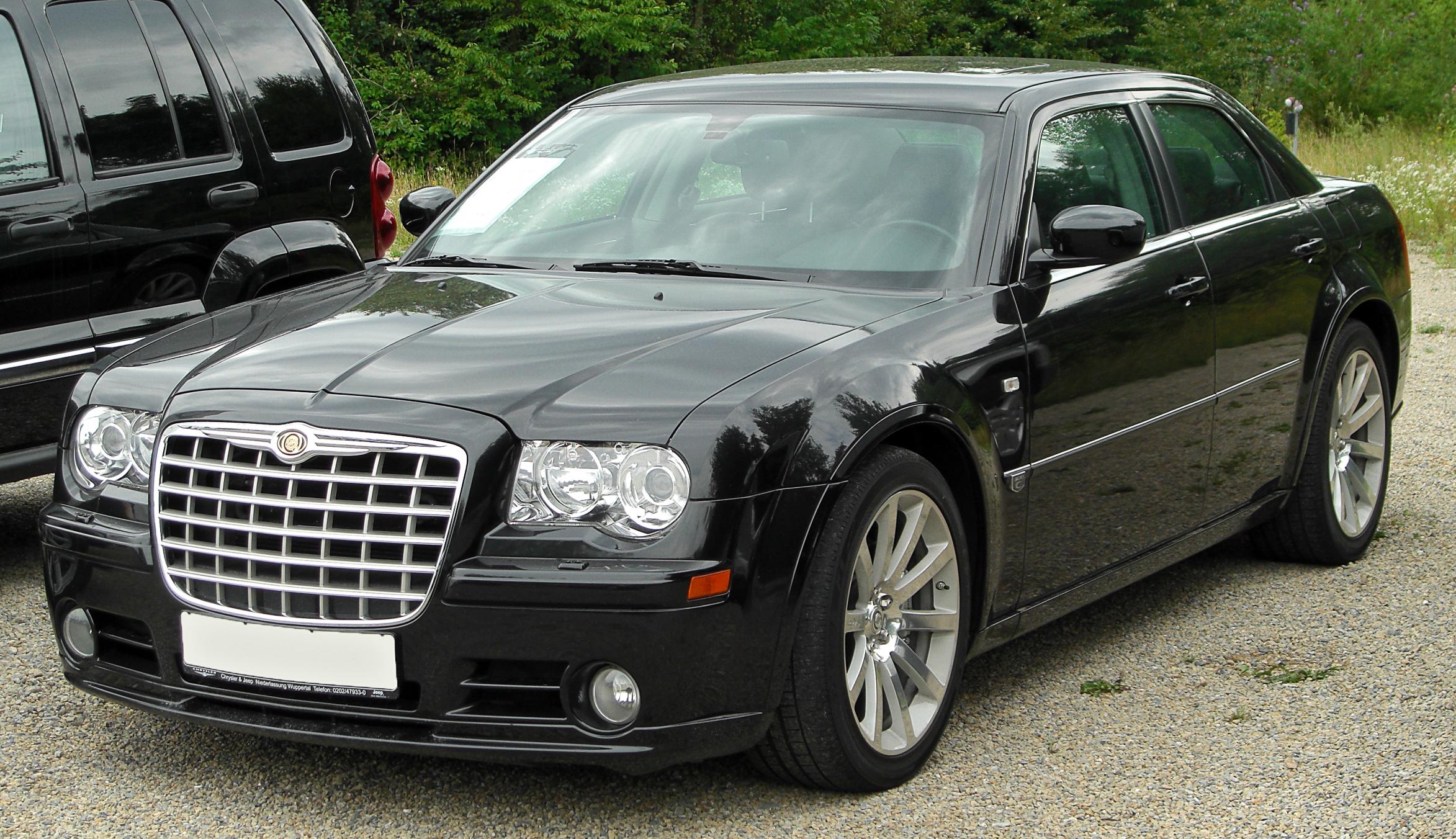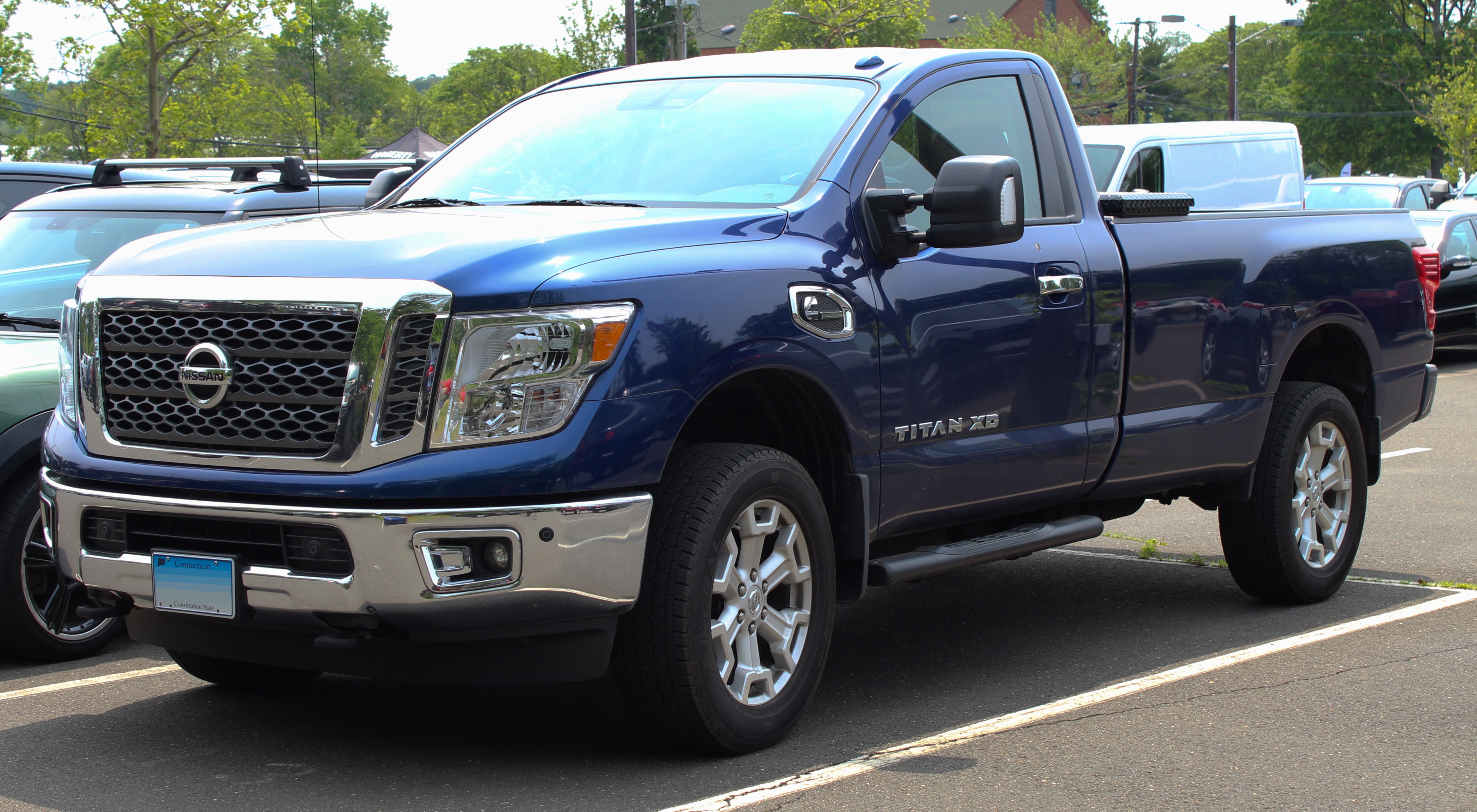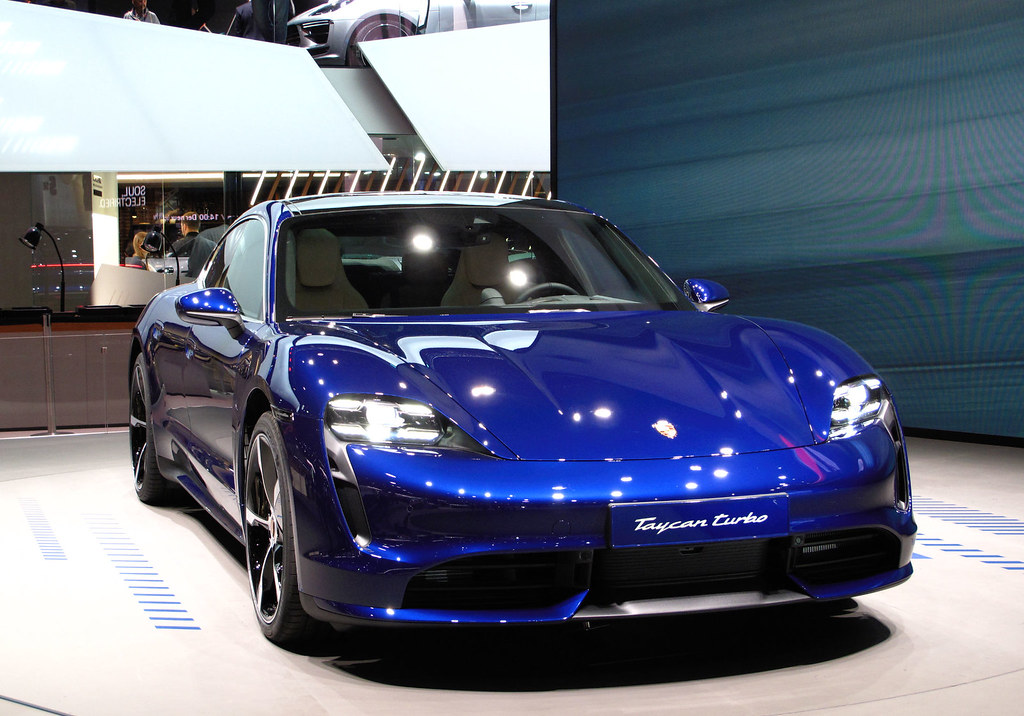
The automotive landscape has undergone significant changes recently, influenced by external factors and industry shifts that have redefined consumer demand. One of the primary reasons certain cars languish on dealer lots is the global chip shortage, which has hindered manufacturers from producing technologically-equipped vehicles at the usual pace, affecting not just cars but also consumer electronics and power sectors. With fewer new vehicles available, consumer options are limited, leaving some models sitting idle as they fail to align with immediate market needs.

Additionally, the changing consumer purchasing model has led to a trend where buyers and dealers are opting for custom orders rather than relying on existing inventory. This shift toward ordering vehicles with specific features ensures that manufacturers create cars for confirmed buyers, which, while effective in minimizing overproduction, can unfortunately spotlight certain models that are struggling to attract interest in today’s market.

The impact of the pandemic has also reshaped priorities and spending habits among consumers, who are now more discerning in their purchases, searching for value amidst economic uncertainties and rising inflation. Consequently, cars that don’t offer perceived value or don’t adjust to evolving consumer expectations tend to be left behind, as buyers weigh their options more carefully against high-interest rates and inflated MSRPs, focusing on long-term practicality and resale potential.

Dealers are also grappling with agreements that restrict the resale of certain models within specific timeframes, like the “no-resale” agreements seen with some high-demand vehicles. These contracts, initially designed to curb flipping, have led to potential buyers hesitating, not willing to bind themselves to such terms. As a consequence, vehicles that fall under these agreements might find themselves hovering unwanted, awaiting buyers who are willing to accept the terms.

Furthermore, the economic landscape significantly affects potential buyers, many of whom feel the pinch from high costs related to new cars. Reports indicate that consumers are postponing purchases or opting for used vehicles viewed as more budget-friendly alternatives, leading certain new models to remain unsold, especially when they lack competitive pricing or appeal in the second-hand marketplace.

Lastly, there’s the issue of market saturation and brand perception. Certain models might not sell as well due to their association with less favorable reviews or reputations within consumer circles. In an age where information is readily available, a couple of negative reviews or comparisons against competing models can significantly harm a vehicle’s desirability.

Overall, a multitude of factors, ranging from economic fluctuations to shifts in consumer behavior, affect why specific vehicles remain unsold on dealership lots. While the chip shortage and pandemic-induced economic challenges are major contributors, the evolution of purchasing preferences, restrictive agreements, and brand perceptions also play crucial roles in determining a vehicle’s market performance.

1. **Ford EcoSport**: With compact SUVs flooding the market, the EcoSport has struggled to stand out among its competitors. Despite its compact size being advantageous for urban driving, consumers have found its interior space lacking compared to rivals. Furthermore, while it boasts a decent array of tech features, critics have pointed out its underpowered engine options relative to others in the segment. These factors have contributed to its slow movement on dealer lots.

2. **Fiat 500X**: The Fiat 500X has struggled in the marketplace primarily due to its niche appeal, as its stylish exterior and unique Italian design often fall short of meeting the practicality and performance that many consumers desire in a crossover. With limited cargo space and some reliability concerns, it tends to be overshadowed by more versatile and dependable competitors, leaving it to linger on dealer lots.

3. **Chevrolet Sonic**: Once a staple for budget-conscious car buyers, the Chevrolet Sonic now finds itself at a disadvantage in a rapidly shrinking subcompact market. As consumer preferences increasingly lean towards SUVs and crossovers, the Sonic’s sales have taken a hit; despite its affordability and fuel efficiency, the allure of larger vehicles offering more space and perceived safety has led to longer wait times for the Sonic on dealership lots.

4. **Chrysler 300**: The Chrysler 300 has long been a symbol of American luxury sedans but is now facing tough competition from both luxury brands and more modern sedans. The full-size sedan market has been shrinking, and the 300’s classic design hasn’t been enough to keep it flying off the shelves. Consumers are leaning towards more modern, feature-loaded alternatives, leaving the 300 a harder sell.

5. **Nissan Titan**: Within the fiercely competitive full-size pickup truck segment, the Nissan Titan faces challenges in matching the popularity of Ford, Chevrolet, and RAM models. Although it boasts a strong engine and competent performance, it lacks the brand loyalty and aftermarket support that its American rivals have, making it a less appealing choice for buyers looking for a dependable, long-term truck investment.

6. **Jeep Renegade**: The Jeep Renegade, despite its distinct styling and off-road capabilities, has not resonated as strongly with urban SUV buyers. It’s positioned in a saturated market segment where its smaller size and higher price point don’t match up well against larger and more competitively priced rivals. These factors contribute to its slower turnover at dealerships.

7. **Buick Regal**: The Buick Regal, once praised for its German-inspired driving dynamics, finds itself struggling in a segment where crossovers dominate. Though it provides a refined ride and upscale feel, its sedan configuration is less in demand as more buyers opt for SUVs, leaving the Regal to gather dust on sales floors.

8. **Toyota Yaris**: Despite Toyota’s well-earned reputation for reliability, the Yaris is struggling to make a significant impact in the market. With consumer preferences shifting towards SUVs and crossovers, the compact Yaris finds itself overshadowed by larger models like the Corolla and the RAV4, making it increasingly difficult for the Yaris to maintain relevance in the fast-paced automotive landscape.

The automotive industry is a constantly evolving field, and what was once popular can quickly fade into obscurity. As consumer preferences increasingly favor larger, more technologically advanced vehicles, models that cannot adapt to these trends often find themselves sitting unwanted on dealership lots. While each of these vehicles possesses unique characteristics, broader market dynamics dictate their current struggles and challenges.
Related posts:
Anyone’s dealer make them sign an agreement not to sell the car within X months?
Car dealer/sales people weigh in…





